Table of Contents
Copyright 2010 by David Orrell
All rights reserved. No part of this work covered by the copyright herein may be reproduced or used in any form or by any meansgraphic, electronic or mechanicalwithout the prior written permission of the publisher. Any request for photocopying, recording, taping, or information storage and retrieval Copyright Licensing Agency (Access Copyright). For an Access Copyright licence, visit www.accesscopyright.ca or call toll free 1-800-893-5777. licence, visit www.accesscopyright.ca or call toll free 1-800-893-5777.
Care has been taken to trace ownership of copyright material contained in this book. The publisher will gladly receive any information that will enable them to rectify any reference or credit line in subsequent editions.
Calculations and projections included in the text are for demonstration purposes only. They are based on a number of assumptions and consequently actual results may differ, possibly to a material degree. Readers are advised to seek advice regarding their particular circumstances from their personal financial, tax, and legal advisors.
Library and Archives Canada Cataloguing in Publication Data
Orrell, David John, 1962-
Economyths : ten ways economics gets it wrong / David Orrell.
Includes bibliographical references and index.
ISBN 978-0-470-67793-3
1. Rational expectations (Economic theory). 2. Economic forecastingHistory. 3. Financial crises. 4. Economics. I. Title.
HB3722.O77 2010
338.542
C2010-901174-0
Production Credits
Cover and interior design: Adrian So
Cover printing: Lehigh Phoenix
Printing and binding: Friesens Printing Ltd.
John Wiley & Sons Canada, Ltd.
6045 Freemont Blvd.
Mississauga, Ontario
L5R 4J3
FP
For Beatriz
David Orrell is an applied mathematician and author of popular science books. He studied mathematics at the University of Alberta, and obtained his doctorate from Oxford University on the prediction of nonlinear systems. His work in applied mathematics and complex systems research has since led him to diverse areas such as weather forecasting, economics, and cancer biology. His work has been featured in the New Scientist , World Finance and the Financial Times , and on BBC Radio. He lives and works in Oxford.
INTRODUCTION
Every dogma must have its day.
H.G. Wells (1866-1946)
The year 2008 was going to be a prosperous one for the financial markets, according to forecasters polled by
The credit crunch had a number of phases, but perhaps the pivotal event was the collapse of the financial services firm Lehman Brothers in September 2008. With over $600 billion in assets, this was the largest bankruptcy in US corporate history. Lehman was also one of the key nodes in the financial network, and its extinction sent the crisis into a new and extremely dangerous phase. Many feared that the entire global financial system would break down completely. That didnt happen, and markets eventually recovered from their near-death experience, but the aftershocks of those events are still being felt around the world.
The failure of economists to predict the credit crunch or the ensuing world recession was not atypical. As shown later, financial forecasts have an extremely poor track record of success, even when based on sophisticated mathematical models. This time, though, not only did the models fail to predict the crash - they actually helped cause it.
In the years preceding the crash, financiers had become increasingly reliant on quantitative mathematical models to make their decisions. Even if models couldnt predict what exactly would happen in the future, they were supposed to be able to calculate risk. For example, in order to figure out how much risk a package of loans incurred, they needed only to make a statistical calculation using a simple formula or risk model, based on standard economic theory. This appeared to work well - so well that quantitative analysts began to use the models to take bigger and more sophisticated bets.
Even before the crisis was in full swing, though, there were signs that the models were failing to capture the true risks of the economy. On August 11, 2007, a year before Lehman Brothers went bust, some unexpected market turbulence brought on by a decline in US house prices led one of their employees to remark that Events that models predicted would happen only once in 10,000 years happened every day for three days.
While that sounds most unusual, the chief financial officer at Goldman Sachs went even further: We were seeing things that were 25-standard deviation moves, several days in a row. To unpack that statement, a 25-standard deviation event is something that is not expected to happen even once in the duration of the universe - let alone each day of a week.
You dont need to be a mathematician to see that the models that lay at the core of the world financial system had something seriously wrong with them. But how could so many highly-paid experts have turned out to be completely mistaken about the workings of the economy? As Queen Elizabeth said on a visit to the London School of Economics: Why did no one see it coming?
Storm warnings
Actually, not everyone was as surprised by the crisis as were the quantitative analysts and their mathematical models. As early as 2003, the investor Warren Buffett described the complex products known as derivatives, which played a key role in the credit crunch, as financial weapons of mass destruction. The same year, well before the collapse of Lehman sent a tsunami of destruction through the banking system, the network scientist Albert-Lszl Barabsi warned of the potential of cascading failures in the economy.
As with preceding crashes, the causes of the credit crunch have been much analysed and debated. The obvious lightning rod for criticism was of course the bankers themselves, who were earning fabulous salaries, and even more fabulous bonuses, for taking risks that turned out to have cataclysmic consequences for the real economy when the bets went wrong. Other culprits were the regulators, who failed to keep up with the pace of innovation in financial products; the American homeowners who took out subprime loans they could never afford to repay; the central banks, who (Trichets comments aside) often seemed to be in denial about the extent of the problem; and the economists who designed the flawed mathematical models in the first place.
This still leaves the question of how so many people in the financial industry could have been misled about the risks they were running and unaware of the dangers. The reason, I believe, is that the fundamental assumptions that form the basis of economic theory are flawed. This means that not just the mathematical models, but the actual mental models that economists have of the economy are completely wrong.
This problem goes well beyond the calculation of financial risk. The main problem with our economic system is not that it is hard to predict, but that, despite its enormous productivity and creativity, it appears to be in a state of ill health. The economy is unfair, unstable, and unsustainable. But economic theory has no way of dealing with these issues either.
The economy is unfair. Economic theory is supposed to be about optimising the allocation of resources. However, the reality is that the rich really do get richer. In 2009 one hedge fund manager earned over $2 billion, while over a billion people earned less than $1 a day. Thats a strange way to allocate resources.


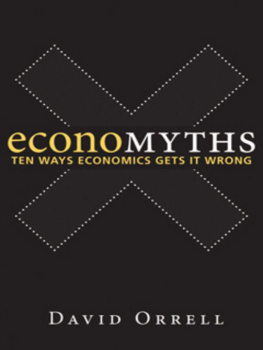
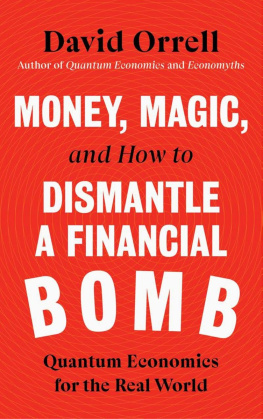

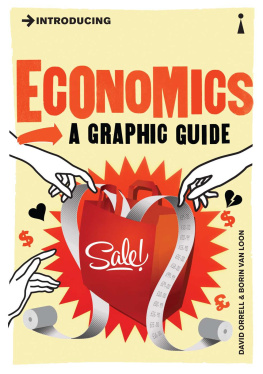

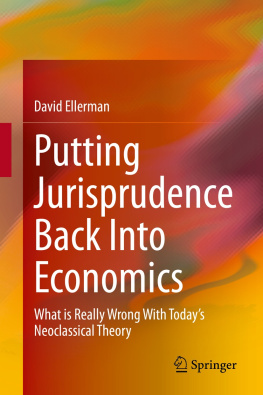
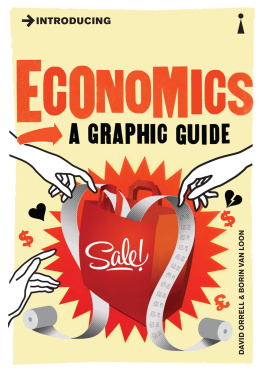
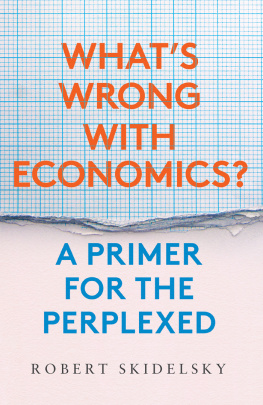
![David Orrell [David Orrell] - Quantum Economics](/uploads/posts/book/114631/thumbs/david-orrell-david-orrell-quantum-economics.jpg)